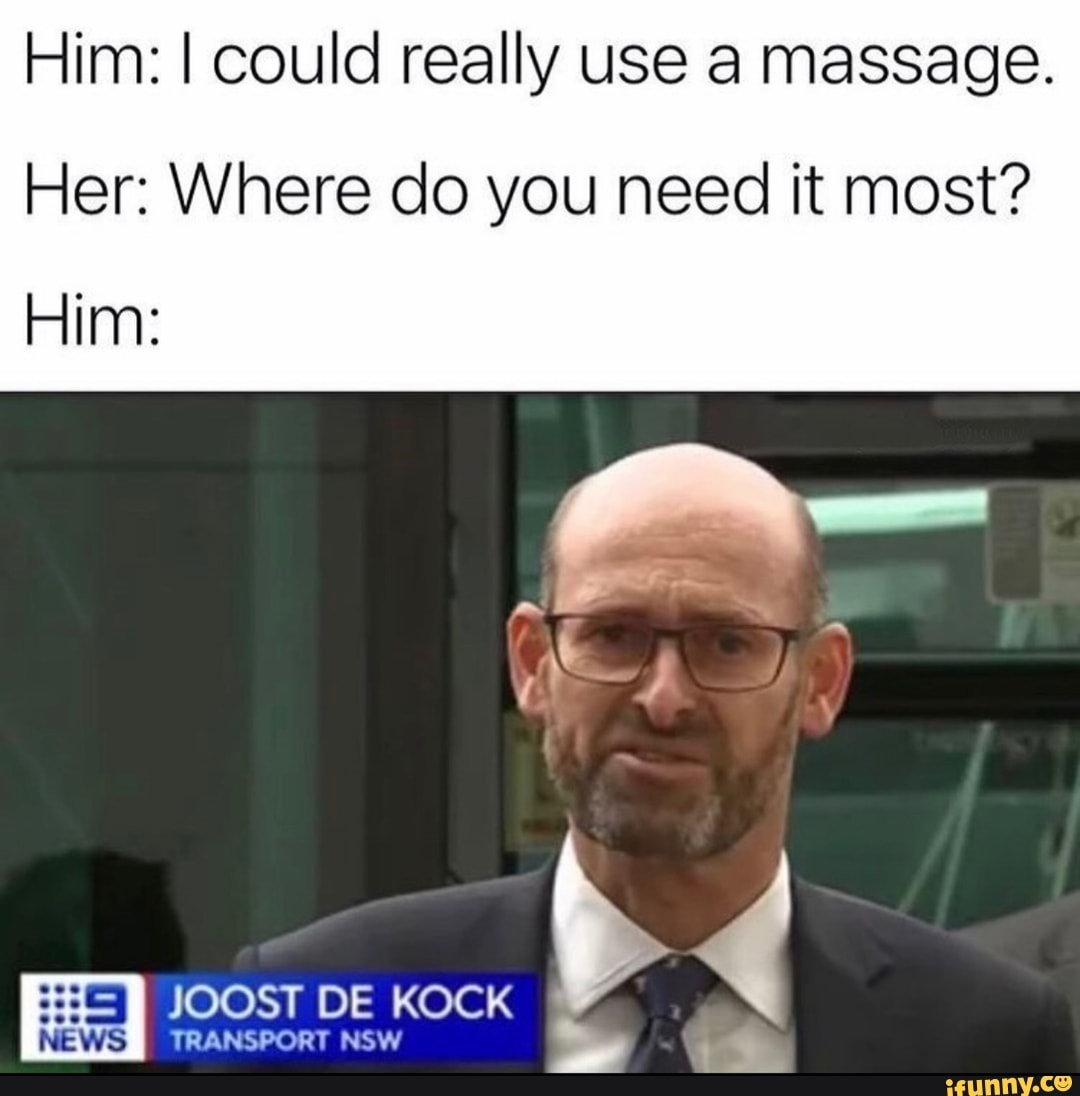That's actually fucking kickass
Solarpunk
The space to discuss Solarpunk itself and Solarpunk related stuff that doesn't fit elsewhere.
Join our chat: Movim or XMPP client.
Absolutely.
I don't know enough about sewing or programmable vector designs (heck, I don't even know what it's call). So, I can't really contribute to the project. But I really want it to grow, so I promote it wherever I can.
I dream of it taking off like blender or Wikipedia and eventually having an archive of thousands of designs. Even, if most people wont sew their own it would help some people start small businesses creating quality clothing.
On the concept of blender, I've been recently trying to get into Seamly2D/Valentina for pattern drafting - I'd love to see some kind of simple integration format between the two so that the FreeSewing patterns can be easily loaded into Seamly2D instead so the measurement files can be used from there and the pattern tweaked.
Amazing. I forwarded this to my fiance, she's gonna love it.
So, this may not be the correct place for this, but does anyone know of a similar open source way I can learn knots?
I don't know about open-source, but Animated Knots is the place to go to learn knots.
Thank you so much! I saw an app on my phone that's called 3D Knots or something, but I would rather buy into an open source avenue that cares about sharing ideas and knowledge, so I hadn't bought it just yet.
I will now use this as a resource, so again, thank you so much! :)
I just completed my first substantial sewing project, using a pattern from this site! My hems aren't the most even and the neckline was really tricky but I'm pretty happy with it. This is the Sven sweatshirt design, and I used a somewhat heavy knit cotton/polyester fabric. It fits great (as you'd hope!) and will probably become my new winter pajama shirt.

The site is great to use - there are good pictures for how to take each of the measurements you need, and I liked the ability to manually optimize the part layout to minimize the amount of paper it used. I saw a tip on YouTube to piece the pattern together by taping it to a large window or glass door so you can see the overlap between the sheets, and that worked great for me.
My next goal is to do a Simon shirt in flannel - decent step up in complexity so I might do a few other simpler projects first.
@Cool_Name that's super cool! 🪡 plus, they have mastodon accounts : @freesewing @joost 🤩
Holy shit, I have a meme of the guy who made this software! Or, at least his name lol

I guess the main benefit is clothes will potentially fit better, but isn’t the fabric still gonna be likely sourced from a sweatshop country? And isn’t it going to result in a lot of waste fabric as I cut out a template?
There are quality fabrics still manufactured but they are not often used in mass production of garments.
Any garment production requires scrap fabric. However a crafts person can repurpose and use those scraps where as a factory will just discard them. Also a huge amount of the waste in fast fashion in over production of products that don't even sell and never get used before going to a landfill.
That's the phrasing of someone who loves their shoppies. The main benefit is using, honing and promoting a skill to make quality clothes for yourself and your loved ones that will be significantly removed from the chain of dumb but vicious exploitation.
Yeah, it may not be completely exploitation free, but it’s a step in the right direction for the people with time and skills.
That’s a very narrow segment of people though, and even for those people I would argue it’s a better use of time to just…buy fewer clothes in the first place. This sounds like a bourgeois solution for people with a sewing machine and several hours free to make clothes for themselves.
Just like learning how to cook for yourself is a poor solution for people who live in a food desert or don't have access to a kitchen, sure.
You can also learn to repair your clothes, which can be done well before they need it, extending the time for which they look great.
Unlike sewing, fabric manufacturing is mostly automated
Fast fashion still uses fabric rolles as raw materials.
The fabrics used in fast fashion are chosen for cost and workability, not durability and environmental impact.
premade fashion does produce fabric waste, it's unavoidable. However, the waste is lower than self made clothes due to the differences is production volume and optimization.
If you make your own clothes, you get to choose better materials, remove at least one step from the chain of exploitation, and learn how to repair your own clothes along the way.
you can source second hand fabrics lol